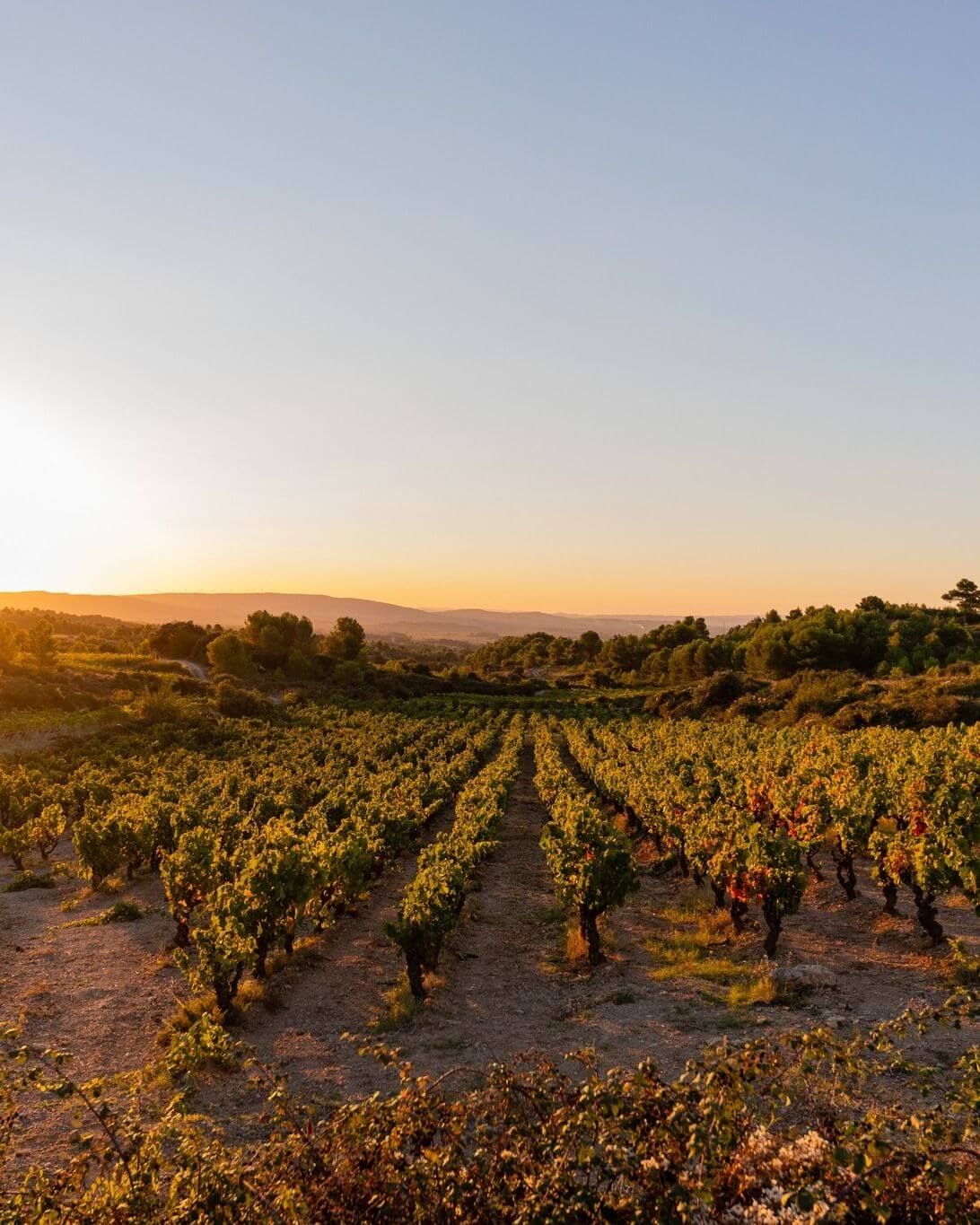Hedges grow along ditches, embankments, or between plots. They shape vineyard landscapes while providing many services to the vines. They support biodiversity, protect soils, and increase the vineyard’s resilience to climate change.
Allies for biodiversity
Hedges provide shelter and food for a wide range of wildlife: insect-eating birds, pollinators, small mammals, and more. They help fauna and flora move around, creating links between natural areas and cultivated plots.
This biodiversity stabilizes the ecosystem, making the vineyard less vulnerable to pests and diseases. Some well-chosen plant species can also host natural allies of the vine, which regulate pest populations without chemical treatments.
Environmental protection
When planted at the edge of a vineyard, a hedge can:
- Limit spray drift from plant protection products
- Reduce runoff, protecting soils from erosion
- Preserve water quality by filtering pollutants
Thanks to their density, hedges act as a natural barrier, especially useful in areas with steep slopes or near sensitive zones.
Buffer against climate effects
Hedges influence the local microclimate. They can reduce the impact of prevailing winds, limit temperature variations, and create a more stable environment for the vines. During heatwaves or spring frosts, these effects can make a real difference.
Choosing and planting the right hedge
The type of hedge depends on the intended purpose:
- Windbreak hedge: tall species (hornbeam, maple, linden, oak, willow, etc.) planted perpendicular to prevailing winds.
- Biodiversity hedge: adapted to the beneficial species targeted, using mainly local plants.
- Filter hedge: dense and tall (at least 3 m), planted in a staggered double row.
Planting takes place from November to March, after preparing the soil in autumn.
Mulching (with stems, wood chips, straw…) helps maintain soil moisture and avoid chemical weeding. Spacing of 1 to 2 meters between plants is recommended, with 60 to 70 cm between rows for double planting.
A long-term investment
Although planting hedges represents a cost (purchase of plants, planting, maintenance, loss of surface), it is a sustainable agroecological investment. It strengthens the vineyard’s resilience, improves environmental quality, and enhances the estate’s ecological image.
Financial support is often available from local authorities (regions, departments) or through specific agri-environmental schemes.
